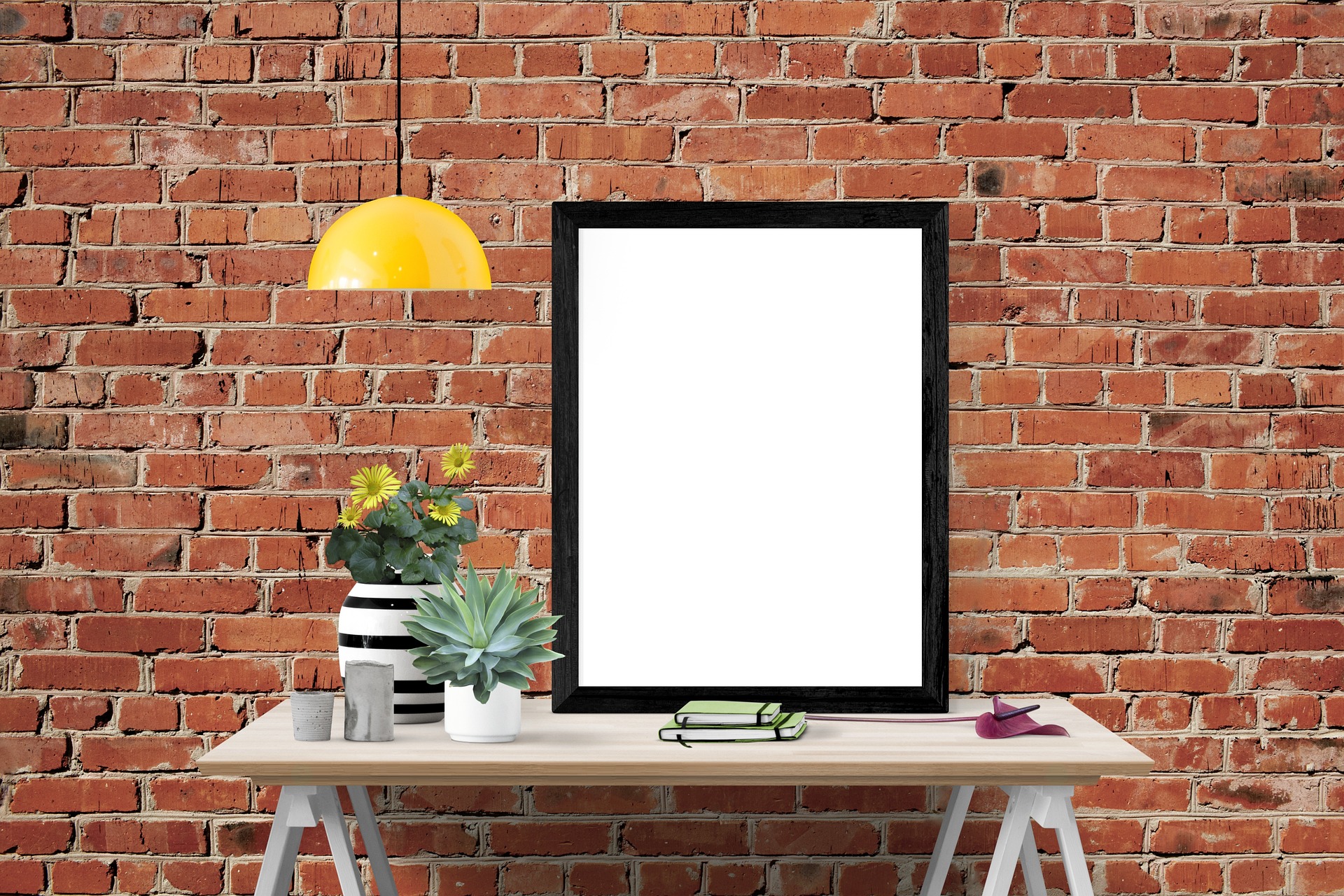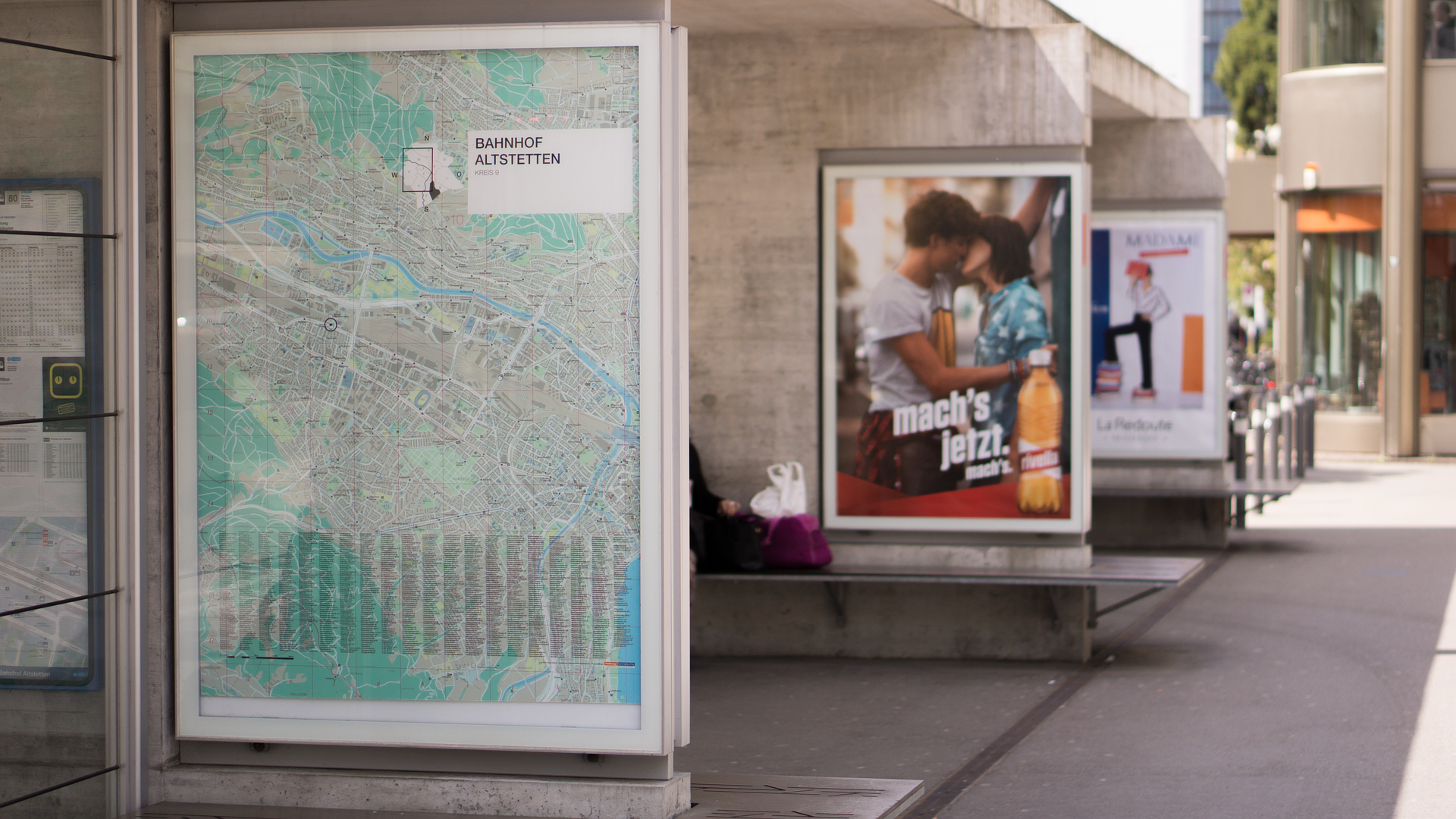How to choose the best size of your poster?
Making a poster is a great way to get your ideas, designs and artwork out there. But with so many sizes to choose from, how do you know which one is the best for you? In this blog post, we'll take a look at some of the most popular poster sizes and help you decide which one is right for your project. So whether you're looking for something small enough to fit in your bag or something large enough to make an impact, we've got you covered!

1. Choose the right poster size
When you're looking for the perfect poster to hang on your wall, size is an important consideration. If the poster is too small, it will get lost on the wall and won't make much of a impact. On the other hand, if the poster is too large, it can overwhelm the space and make the room feel cramped.
So how do you choose the right size? A good rule of thumb is to select a poster that is approximately two-thirds the width of your furniture. For example, if you have a couch that is six feet wide, a poster that is four feet wide would be a good choice. You can also use this same ratio to determine the height of the poster. Just remember that you'll want to leave some space at the top and bottom of the poster so it doesn't look overcrowded.
In general, 12x18 frame is a standard size that will fit comfortably on most walls. If you're looking for something a little bigger or smaller, 8x10 and 16x20 are also popular sizes. Just be sure to measure your wall space before you buy a frame, so you know what will fit comfortably. And don't forget to account for the space around the frame, too! You'll want to leave at least an inch of space on all sides, so the frame doesn't look crowded on your wall. With a little planning, you can easily find a poster size that will fit comfortably on your wall.
2. If you plan to hang your poster in a public place, make sure it meets all safety regulations
When you're putting together a poster, there are a lot of things to consider- the message you want to get across, the design, the colors. But if you're planning to hang your poster in a public place, there's one more thing you need to take into account: safety regulations. Most public places have rules and regulations about the size and placement of signs and posters, and if you don't adhere to them, you could end up getting your poster taken down. So before you start making your poster, do a little research on the regulations in your area. That way, you'll know exactly how big your poster needs to be, and where you can hang it.

3. Check what is the quality of the images you want to use
When you're creating a poster, one of the things you'll need to decide is what size it should be. Obviously, part of this will be determined by where you plan to hang it - if it's going up on a bulletin board, you'll have different size constraints than if you're displaying it at a trade show. But another important factor to consider is the quality of the images you want to use. If you're using low-quality images, they're going to look blurry and pixelated no matter how big or small your poster is. On the other hand, high-quality images will look great even when they're enlarged. So when you're deciding on a size for your poster, make sure to take into account the quality of the images you want to use. That way, you can create a poster that looks exactly the way you want it to.
4. Keep your budget in mind
Posters can be a great way to spread the word about your event, product, or cause. But before you start printing, there's one important question you need to answer: how much do you want to spend on it?
The answer, unfortunately, is not a simple one. The best size for your poster will depend on a number of factors, including your budget and the intended use for the poster. If you're looking to create a large banner that will be seen from a distance, for example, you'll need to choose a much larger size than if you're simply making a handout to promote an upcoming sale.
However, there are a few general guidelines that can help you choose the best size for your needs. If you're on a tight budget, for example, it's generally best to stick to standard paper sizes like 8.5" x 11" or 11" x 17". These sizes are usually more affordable and easier to find than custom sizes. If you have more room in your budget, however, you may want to consider going with a larger size like 18" x 24" or 24" x 36". These sizes will make your poster more noticeable and allow you to include more information.
No matter what size you choose, remember that the most important thing is to make sure your poster is readable from a distance. This means choosing a font that is large and easy to read, and avoiding cluttered designs. With careful planning, you can create a poster that is both eye-catching and effective.
5. Decide on the design of your poster
You've probably seen plenty of collage-style posters before. They're popular for a reason - they can be eye-catching and fun, and they're relatively easy to make. But what's the best collage size for your project? That depends on a few factors.
First, consider the overall design of your collage. If you're using a lot of small elements, you'll need a larger surface area so that everything can be clearly seen. On the other hand, if you're using fewer, larger pieces, you can get away with a smaller collage.
Second, think about where the collage will be displayed. A small collage might get lost on a large wall, but it would be perfect for a bulletin board or fridge door.
With these factors in mind, you should have no trouble choosing the best collage size for your project.
Now that you know how to measure and calculate the perfect dimensions for your poster, it’s time to start designing. Photovisi has a wide range of collage templates available for you to use, so finding the perfect one for your project will be a breeze. With our easy-to-use tools, you can create a stunning poster that will get noticed – no matter what size it is. So go ahead and give it a try!